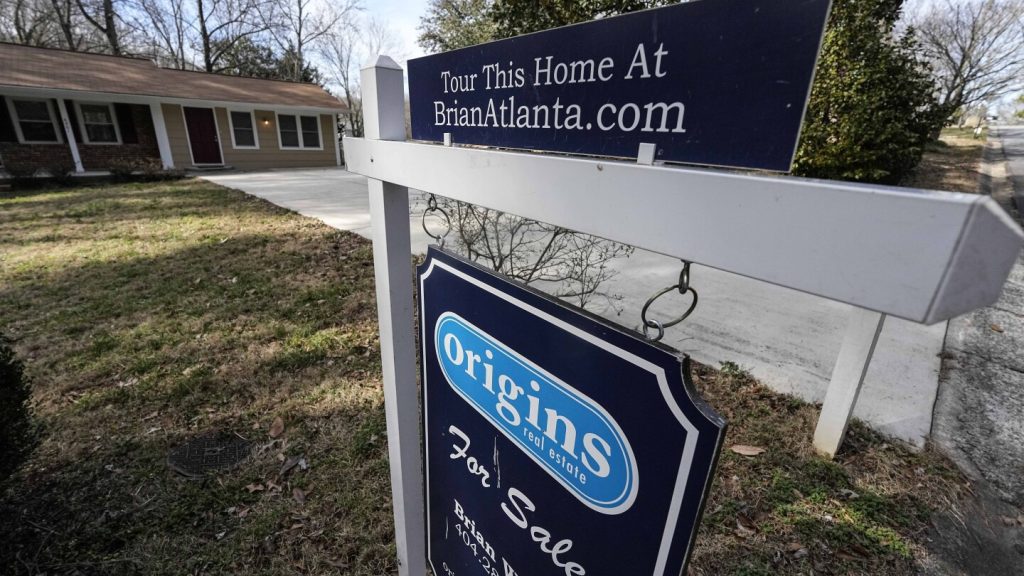Prospective homebuyers in the U.S. are facing higher costs to finance a home as the average long-term mortgage rate has risen above 7%, reaching its highest level in nearly five months. The average rate on a 30-year mortgage increased to 7.1% from 6.88% last week, compared to 6.39% a year ago. This rise in mortgage rates can add hundreds of dollars a month in costs for borrowers, limiting their purchasing power in a market constrained by low inventory and increasing home prices. Freddie Mac’s chief economist, Sam Khater, noted that potential homebuyers are now weighing the decision to buy before rates increase further or potentially wait for a decrease later in the year.
Mortgage rates had remained below 7% since December, following a peak of 7.79% in October. However, recent expectations of easing inflation have put pressure on the Federal Reserve to cut its short-term interest rates. The bond market’s reaction to the Fed’s interest rate policies and movements in the 10-year Treasury yield also influence mortgage rates. As reports on employment and inflation have exceeded expectations, doubts have been raised about when the Fed may start lowering its benchmark interest rate. This uncertainty has led to a rise in bond yields, with the 10-year Treasury yield reaching its highest level since November.
The current strong U.S. economy, with positive data on unemployment applications and manufacturing growth, suggests that there is no pressure for immediate cuts to the federal funds rate, keeping mortgage rates steady. Economists predict that the average rate on a 30-year mortgage will likely hover around 7% throughout the spring before potentially easing to the mid-to-high 6% range in the summer. While some forecasts suggest that mortgage rates may moderately decrease later in the year, they are expected to remain above 6%. This recent increase in mortgage rates comes as a setback for home shoppers during the traditional spring homebuying season, which typically sees heightened activity in the housing market.
Sales of previously owned homes in the U.S. declined as homebuyers faced higher mortgage rates and escalating prices. While lower rates in January and February helped boost sales, the current average rate on a 30-year mortgage remains significantly higher than two years ago at 5.1%. This disparity has limited the number of available homes for sale, as many homeowners who secured lower rates hesitate to sell and give up their advantageous fixed-rate mortgages. Additionally, the cost of refinancing a home loan has also increased, with rates on 15-year fixed-rate mortgages rising this week to 6.39% from 6.16%. The ongoing rise in mortgage rates poses challenges for buyers and refinancers in the current housing market landscape.


